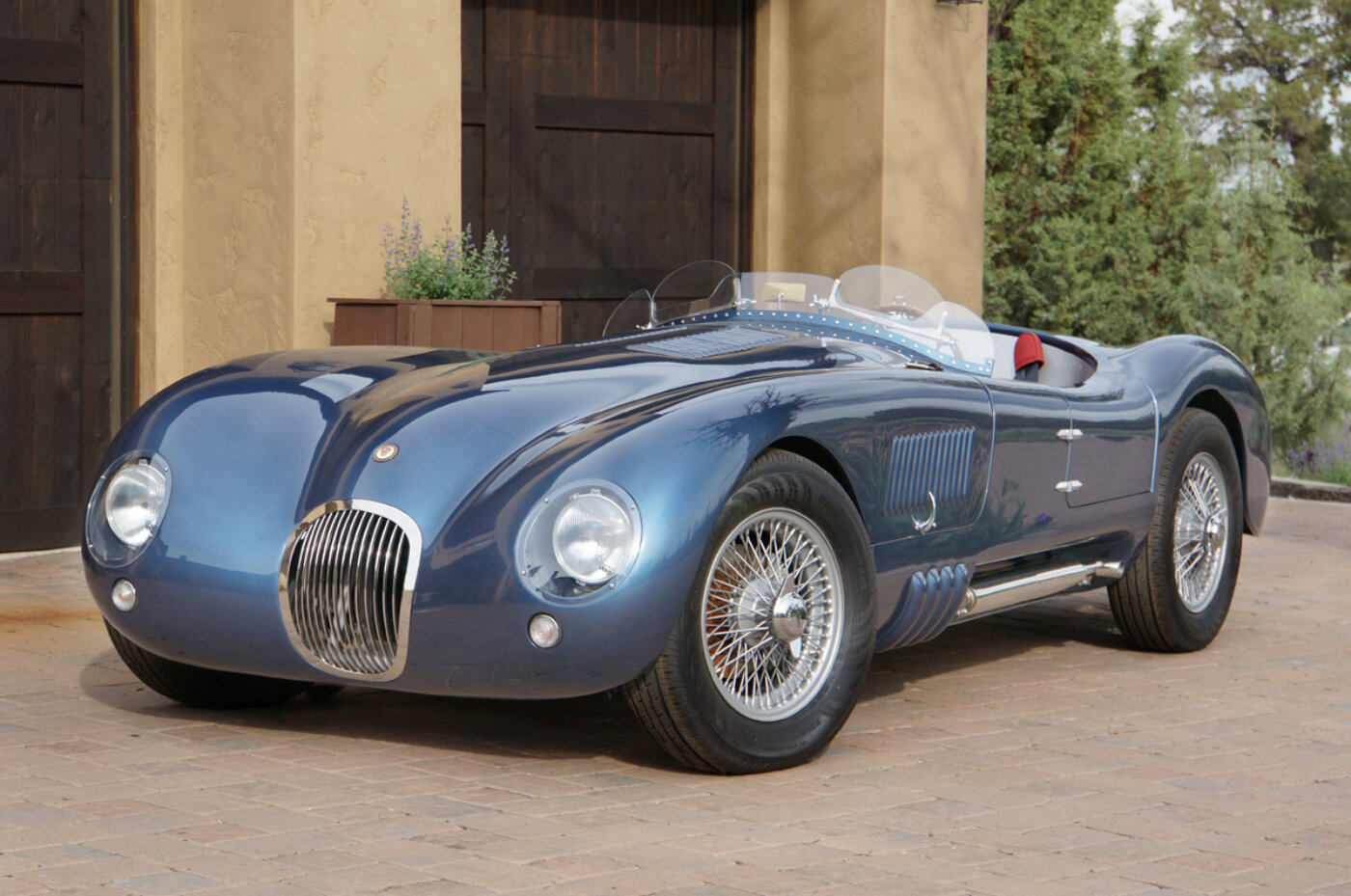
Heritage C-Type Jaguar XK120C Replica
Text and Photos by David Fetherston
With the latest Pebble Beach auction values for collector cars auction values soaring into the stratosphere, many rare rides have become far too precious to risk driving on public roads. One such example is the 1953 Works Jaguar C-Type (XK120C) that recently sold for $13.2 million!
No surprise, then, that many diehard fans of this Jaguar yearn for such cool wheels and the ground-pounding feel of a vintage British sports racing car. For all you Jaguar enthusiasts, there’s still hope, realized in the form of a high-grade replica such as the Heritage C-Type. Question is, how closely does it follow the original, or even improve upon it?
To answer that, we first need to highlight some historical background. The C-Type was a favorite of Sir Sterling Moss and had proven itself over and over again by winning such grand events as Le Mans in 1951, when it beat the second-place winner by an astounding 77 miles. That made it the first British car to win the race in nearly 20 years.
After winning again in 1953 in a 1, 2, and 4 victory, the C-Type earned certified competition credentials, so an exacting reproduction of one is certainly worth considering if you’re in the market for something spunky yet traditional to grace your garage.
While a few Stateside firms offer various versions of the Jaguar replicas, the one shown here is a British-built replica sold exclusively in the United States by Heritage C-Type in Bend, Oregon. The team there is ready to deliver cars in different levels, including self-assembled or vendor-assembled, which can be tuned and registered in Oregon, which makes transfer of registration to many other states much simpler.
The fiberglass body on the Heritage is a nearly exact replica of the aluminum one designed by Malcolm Sayer, as all the molds were taken off an authentic factory race car many years ago before they skyrocketed in value. One slight change, albeit for the better, was a lengthening the door area by a couple inches for easier ingress and egress, and thus more driver comfort. (This sort of modification is a fairly common practice done on some Cobra and Porsche replicas as well.)
In addition, while the structure of the chassis and body assembly is authentically executed as well, there’s yet another bulkhead included for increased frame rigidity, ensuring more stable suspension geometry under hard cornering.
The doors use original-style hinges that open and shut with a solid feel and sound. The hood tilts forward and is retained via cable as per the original, and locks in place with two chrome exterior handles and a pair of leather hood straps.
These handcrafted composite panels include the inner wheel arches, flush-fit aluminum louver panels, and center section with either a one or two-door option with a trunk lid. Endless detailing has gone into this car and even the firewall bulkhead is clad in 16-gauge aluminum paneling to retain the original look, and lower heat and noise penetration. The car comes with the body mounted to the chassis, and the hood, trunk and doors hinged, and includes locks and headlight covers.
As already noted, underneath is a space frame very similar to the original that Bob Knight developed for Jaguar, with steel front bulkheads, a lightweight triangulated multi-bar design and aluminum-skinned floors. This setup ensures excellent frame stiffness that is essential to any high-performance platform. Included is a six-piece aluminum panel set that is pre-formed to cover the chassis rails, just like the racing original.
The front suspension (sourced from a 1972-1986 Jaguar) is fully independent with custom A-arms and adjustable coil-over spring shock assemblies, sway bar and disc brakes, and a steering setup with a well-balanced rack and pinion.
By way of comparison, the fronts of the original C-Type consisted of an upper wishbone and torsion-bar lower link. The rearend was a live axle located by a Panhard rod. The brakes were non-power assisted drums, rather than discs.
For a much more advanced setup, the Heritage’s rear suspension comes from a Jaguar XJ-6 Series 2 sedan (or similar). This fully independent unit with inboard disc brakes is reworked with new lower wishbones and custom driveshafts to provide modern ride quality and handling, as the coil-over spring shock assemblies allow for quick custom chassis tuning and are pre-installed in the frame.
The wheel choices are stock painted wire spokes or an upgrade to chrome. They can be wrapped in the customer’s choice of 16-inch high-performance 205/70 radial tires. Back in the day, the original car ran 5 x 16 wire wheels with cross-ply tires. Clearly, the Heritage’s grip is much improved with radial rubber.
The driver gets a good deal with the brake and clutch pedal boxes, which use original-style pedals that are adjustable. The throttle pedal hangs off the firewall, and the other two pedals pivot off the floor rail the pads float about mid-point in the foot well, for optimum driver ergonomics. The clutch is hydraulic, while the brakes feature a power Servo unit with all hard and flexible brake lines pre-installed, along with brake lights, period-correct handbrake, and cable assembly.
The interior and cockpit dash are styled and built exactly like the original, but improved with a few updates that make the operation of the car more refined and safer as well. The original-style seats are trimmed in vinyl (or leather) color of your choice, so you can custom trim the interior of your Heritage to work with the body color.
The dash is all LeMans-ready with real Jaguar gauges and hard aluminum paneling and controls. This kit includes wiring and switches, aero-screens, which mount to the cowl, along with seats belts and a carpet kit. The result is a car that is basically complete, except for paint, engine, transmission and final assembly.
Even though the body is supplied un-painted, the frame is already powder-coated. The paint option can be pre-ordered, but is not part of the package pricing. Once the car is painted, all that is needed is to install the engine and gearbox, along with final mechanical assembly, trimming and some wiring.
The engine choices are also optional, and markedly increase the power output of the original. Back in the Fifties, twin-cam Jaguar engines used in the production XK120s produced between 160 and 180 horsepower. While this road engine was used in the C-Type, in race trim it developed 205 horsepower, and the later 1953 engines produced in excess of 220 hp with triple Webers and new high-lift race cams.
In contrast, the Heritage shown here runs a revised and rebuilt 1994 4.2-liter XJ-6 six-cylinder that carries the DNA of the original mill. On this particular installation, the factory fuel injection was stripped from the 1974 4.2-liter motor and initially replaced with pair of English SU HD-6 carburetors with custom air cleaners to emulate the earlier C-Type induction.
Later on, three 45mm Webers (twin DCO side-draft) were installed (hence the different engine shots). They produce not only added horsepower, but also look the part, while delivering an amazingly raw sound that can raise the hairs on one’s neck when the throttle is mashed to the firewall. It’s a lovely bonus for those who hunger for the sound of open exhaust and throaty intakes!
All told, this Heritage C-Type is blessed with about 100 or more horses, depending on the induction system used (and which original engine you compare it with). For versatility the kit can accommodate any 1948-1986 six-cylinder, twin-cam Jaguar engine with the plumbing and electrical already setup. (The early sixes were crowned with more rounded, racy-looking cam covers and detailing.)
You could also likely fit most anything from a Supra to a small-block Chevy. The new Jaguar V8 is being trial-fitted back in England this year, but most of us feel that to build car like this and then use anything else than an inline six Jag, is kind of pointless. The C-Type shown here has plenty of power.
The transmission package in this example is a 1984 Toyota Supra five-speed that was totally rebuilt and installed with a custom Heritage bell housing to the Jaguar engine. This Supra gearbox offers a fine selection of the stock ratios that work well with the engine torque load and final drive. The shifter is firm and final, and much in keeping with the feel that a Jag race car should have.
There are only a few options as the kit comes quite complete, but buyerscan choose to customize or fabricate their own items if requested. The grille and detail trim pieces are all included, as are stock painted wire wheels. These can be upgraded to chrome and the standard vinyl upholstery kit can be upgraded to leather. A carpet kit also comes standard, as does a soft tonneau cover.
With all that said, this is one spectacular car to drive and be seen in. It feels solid and controllable, just as the original engineers intended. The rack-and-pinion steering and the all-independent suspension make it one comfortable and assured driving machine. Turn-in is sharp and clean, and the four-wheel disc brakes, while not race-car spec, will certainly haul down this lightweight machine in a jiffy. Throw it hard into a turn and you can power slide it out nicely, or just drive it quietly like a regular sports car.
As a component package, basically, all the buyer has to do is paint it, add tires, transmission, and engine. For assistance, Heritage offers all these resources and services through its own chain of vendors.
This C-Type replica makes it easy and quick to get a beautiful race car on the road. With an heirloom-quality, historic persona, along with a ton of grunt delivered by a Jaguar XJ6 in such a lightweight chassis, it’s utterly gratifying. The classic style of this eye-catching machine makes the buildup of such a beauty all the more worthwhile. To demonstrate that, check out our next issue that will show the major steps required to complete a Heritage C-Type.
In answer to our question at the outset, does the Heritage closely follow the original C-Type, or improve on it? The answer is an emphatic “yes” on both counts!

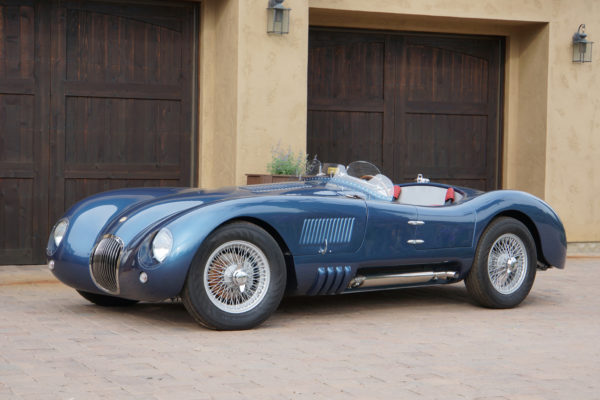
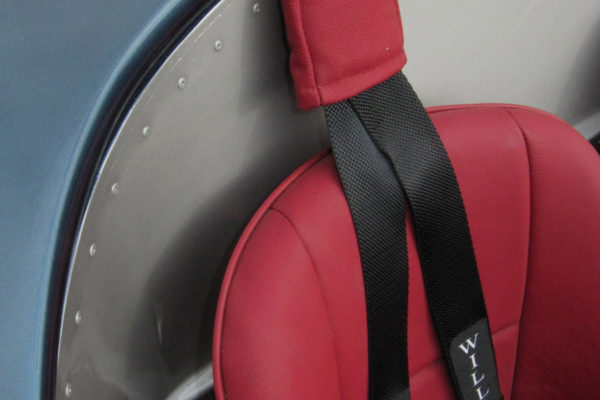
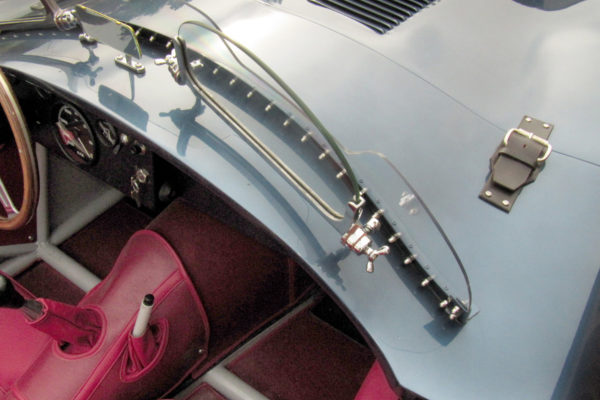
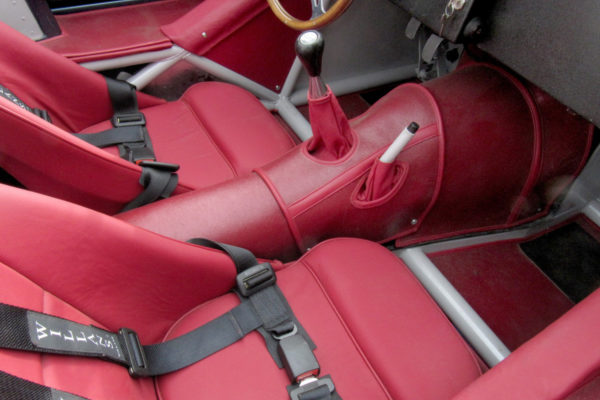
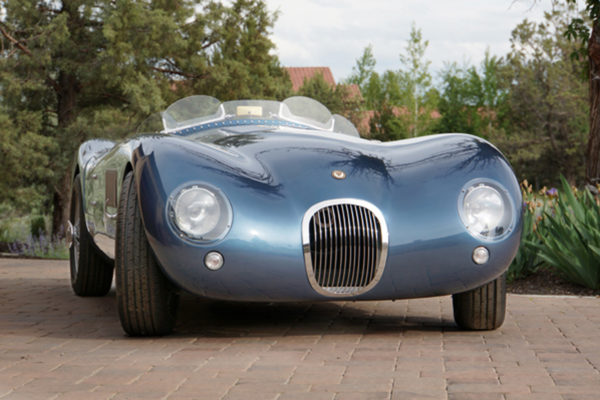
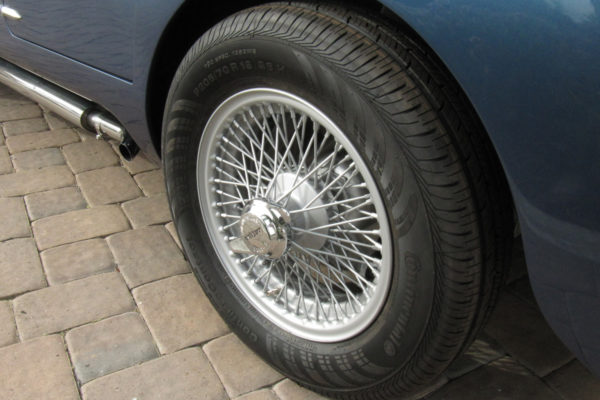
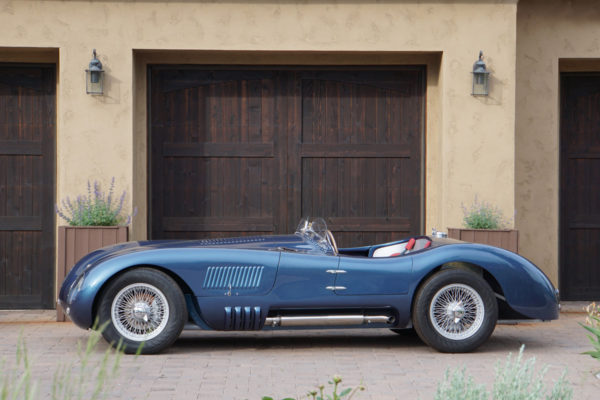
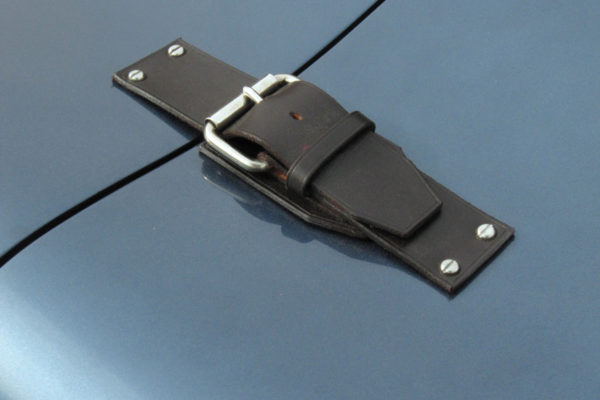
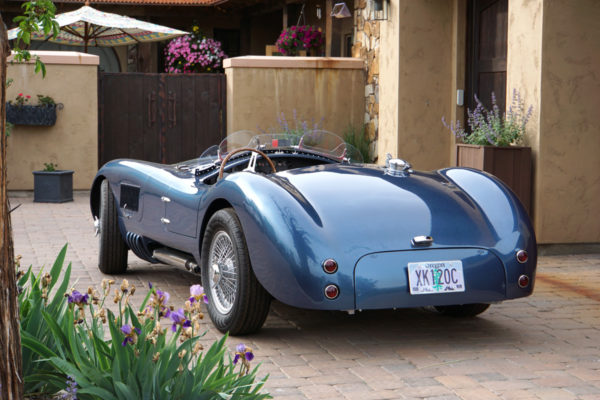
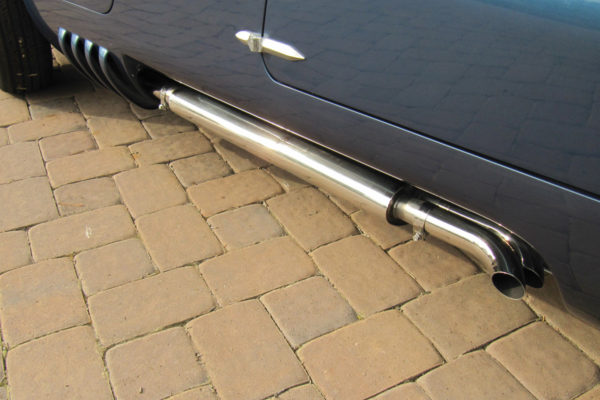
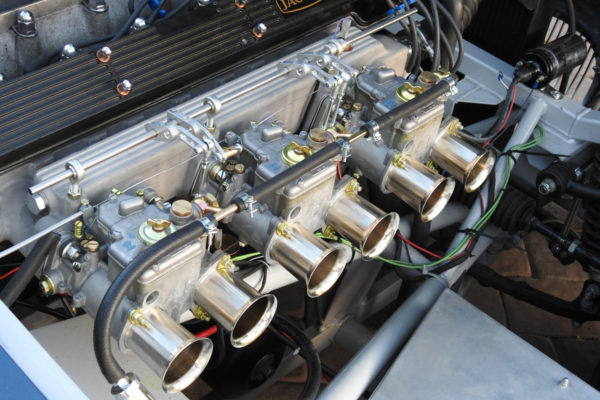
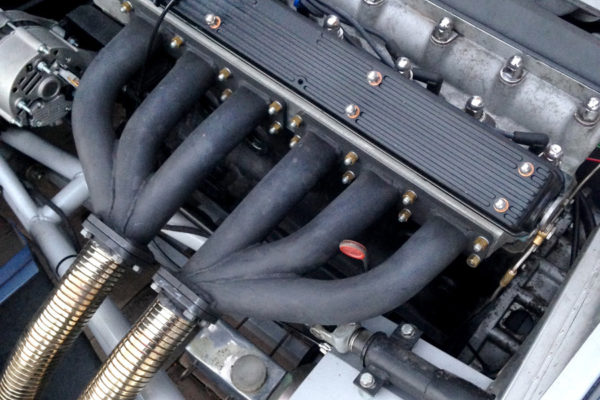
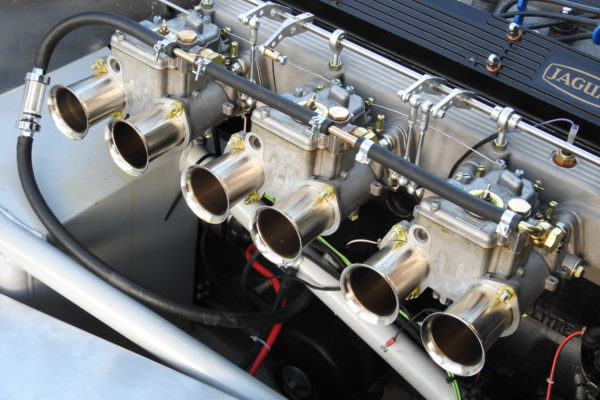
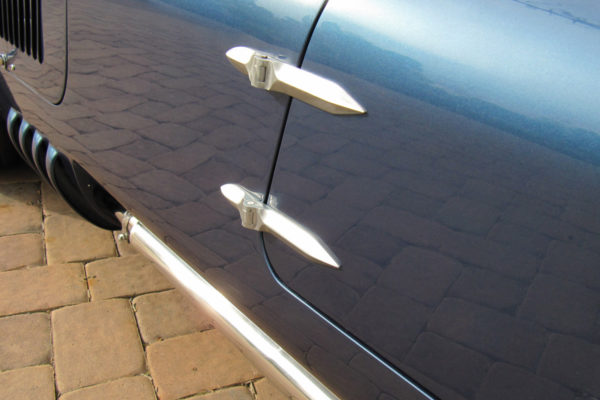
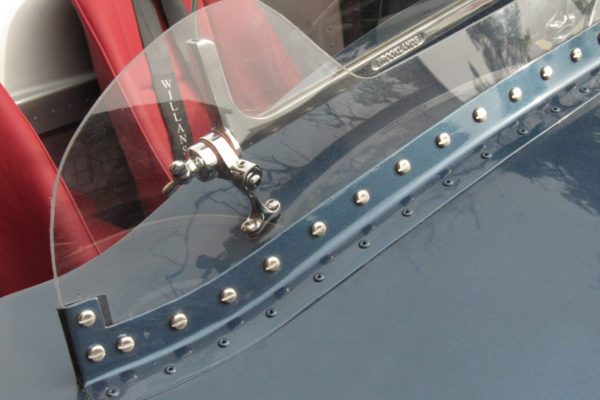
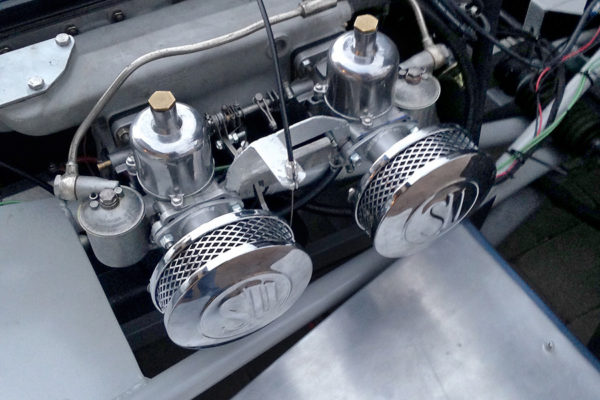
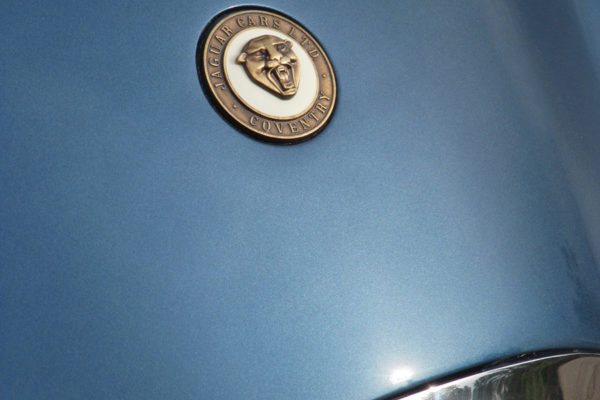
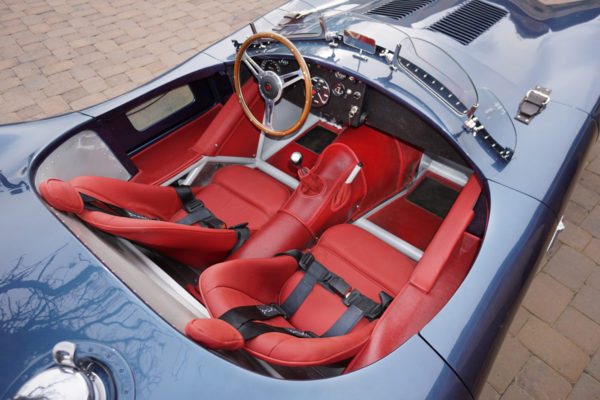
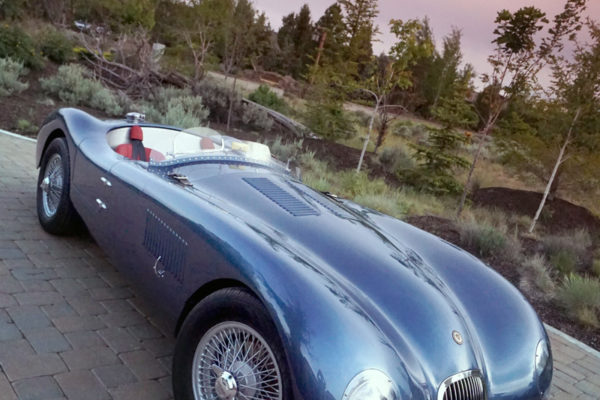
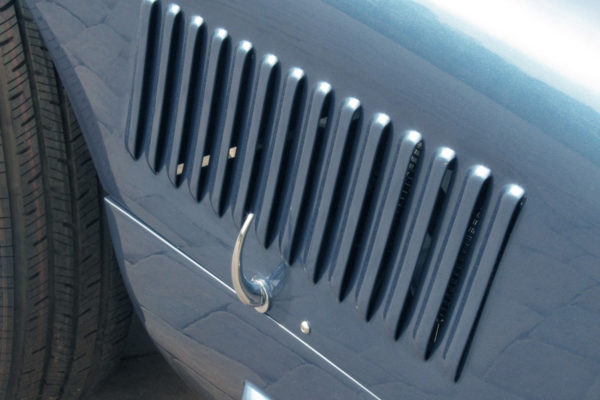
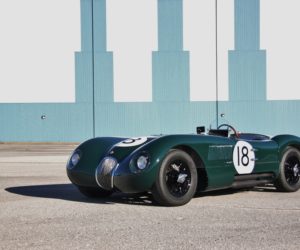
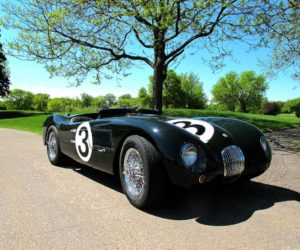
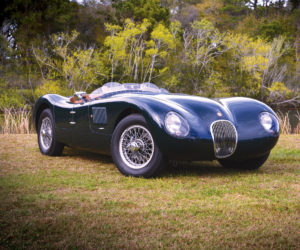




Comments for: JAG ATTACK
comments powered by Disqus